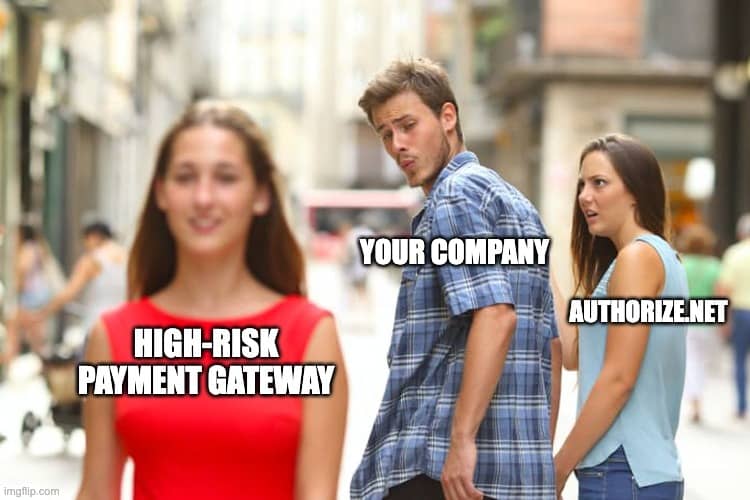Surcharging vs. Cash Discount: A Comprehensive Guide for Merchants

As a merchant, you constantly seek ways to optimize your business operations and maximize profits. Regarding payment processing, two popular strategies have emerged: surcharging and cash discounts. This blog post will explore the world of surcharging and cash discounts to help you understand each method’s key differences, benefits, and considerations. By the end, you will be equipped with the knowledge to make an informed decision for your business. So, let’s delve into the topic!
What is Surcharging, and How Does it Work?
Surcharging involves adding a fee to the total purchase amount when customers pay with a credit card. This fee is intended to offset the charges imposed by credit card companies, enabling merchants to recover some or all of the costs associated with card transactions. However, knowing the legal considerations surrounding surcharging in your jurisdiction is essential. For example, it’s illegal to surcharge a debit card anywhere in the United States. Despite potential challenges, surcharging offers several benefits, including:
- Revenue recovery from credit card fees.
- Flexibility to adjust surcharge rates according to business needs.
- Enhanced transparency in pricing, as customers are aware of the surcharge upfront.
What is a Cash Discount and How Does it Work?
On the other hand, a cash discount is a strategy where merchants offer a discount to customers who pay with cash or alternative payment methods other than credit cards. By incentivizing non-card payments, merchants can mitigate the impact of credit card fees. However, similar to surcharging, there may be legal implications to offering cash discounts. Nonetheless, cash discount provides several advantages, such as:
- Reduced credit card fees.
- Encouragement of non-card payments, reducing reliance on credit cards.
- Simplicity in implementation and communication.
What are Key Considerations Regarding Surcharging vs. Cash Discounts?
When deciding between surcharging and cash discount, it’s important to consider various factors that can impact your business. Some key considerations include:
- Alignment with your business model: Evaluate which strategy aligns better with your business goals, target audience, and industry standards.
- Customer perception: Understand how customers perceive surcharging and cash discounts. While surcharging may be viewed negatively by some as an additional expense, others may appreciate the transparency in pricing. On the other hand, cash discounts can be seen as a benefit for customers who prefer cash payments.
- Industry-specific considerations: Different industries may have unique customer expectations and preferences regarding payment methods. Assess how surcharging or cash discount aligns with your industry standards.
- Impact on the bottom line: Analyze the financial implications of implementing surcharging or cash discounts, considering transaction volume, average transaction value, and customer behavior.
What are Some Pros and Cons of Surcharging:
Surcharging offers several benefits but also presents certain challenges. Here are some pros and cons to consider:
Pros:
- Revenue recovery from credit card fees.
- Flexibility to adjust surcharge rates according to business needs.
- Enhanced transparency in pricing.
Cons:
- Potential negative customer perception.
- Legal and regulatory compliance challenges.
- Complexity in implementation and communication.
What are Some Pros and Cons of Cash Discounts?
Cash discount, too, has its advantages and disadvantages. Here are some key points to consider:
Pros:
- Reduced credit card fees.
- Encouragement of non-card payments, reducing reliance on credit cards.
- Simplicity in implementation and communication.
Cons:
- Potential customer confusion.
- Possible resistance to cash payments.
- Limited flexibility in pricing adjustments.
Now What?
In conclusion, as a merchant, it’s crucial to carefully consider the options of surcharging and cash discounts when it comes to payment processing. Each strategy has its advantages and disadvantages, and the decision should be based on factors such as your business model, customer perception, industry-specific considerations, and the impact on your bottom line.
However, for those looking for a revolutionary solution that seamlessly transfers credit card fees to customers and eliminates the burden of these fees for merchants, Zenti Surcharging is the answer. With Zenti, you can unlock new possibilities, reduce costs, and enhance customer satisfaction.
Zenti Surcharging offers a seamless way to transfer credit card fees to customers for both online purchases and in-person transactions. By embracing Zenti, you can focus on your core operations and growth opportunities without being hindered by high credit card fees. Additionally, Zenti provides fee-free debit options for customers, ensuring their flexibility and satisfaction with their chosen payment methods.
Switch to Zenti today and experience a revolution in payment processing that empowers your business to thrive. With Zenti Surcharging, you can streamline your operations, reduce expenses, and create a more seamless and satisfying payment experience for you and your customers. Don’t let credit card fees hold you back - embrace Zenti and take your business to new heights.
Read Next

Find out whether Authorize.Net works for high risk merchants, what restrictions you might face and how to get approved.

Get expert advice on selling CBD products on Shopify, including compliance tips and setting up secure payment options.

Find out why Square may deactivate merchant accounts and steps to resolve issues and maintain uninterrupted payment services.
Need a High-Risk Merchant Account?
Disruption-free payment processing at the best price for your situation, guaranteed.
Get Free Guidance Now!